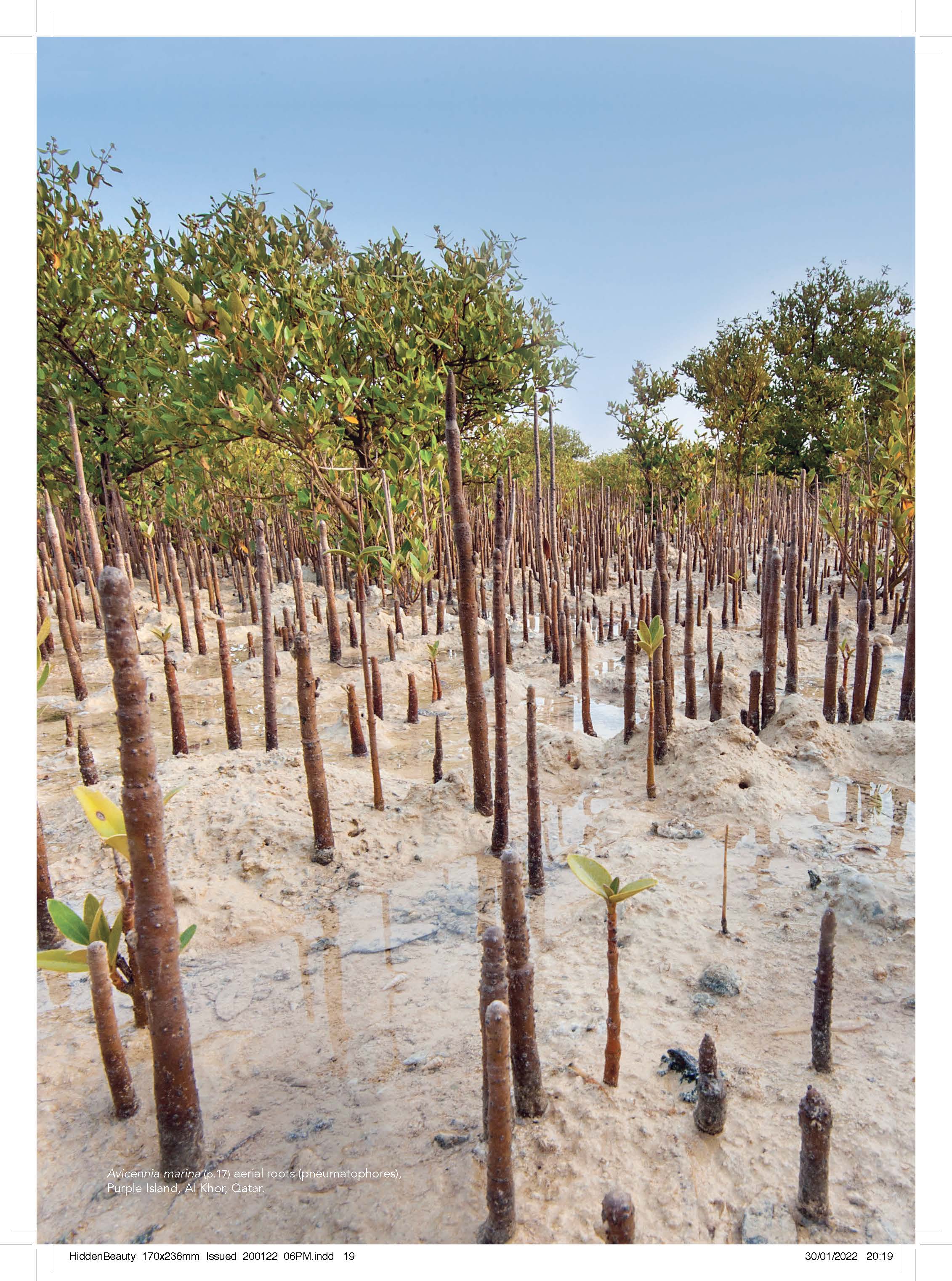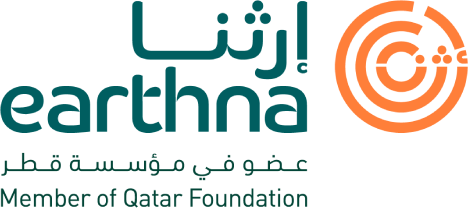
Dr. Gonzalo Castro de la Mata
Executive Director, Earthna Center for a Sustainable Future, a member of Qatar Foundation
Natural ecosystems are critical to sustaining human societies by providing services that help to regulate the climate, recycle water and nutrients, create soil, pollinate plants, and replenish the Earth’s resources. However, perhaps more importantly, natural ecosystems and the biodiversity they contain have traditionally been a source of beauty, wonder, and inspiration to all cultures around the world.
In popular culture, utopian ecosystems are often represented as lush tropical forests, where gigantic trees serve as homes to strange creatures and rivers flow with infinite volumes of water – typically areas rich in biodiversity.
But what about biodiversity in desert countries such as Qatar? Does the lack of water and extreme heat mean that biodiversity here is less important, less appealing and less precious than in more temperate climates?
To me, the answer is much to the contrary. Despite the harsh conditions, biodiversity in the desert is anything but dull. The lack of water and intense heat of these environments have produced incredible flora and fauna, which have been forced to adapt in unique and novel ways, showcasing amazing stories of resilience.
Although deserts may appear empty to the untrained eye, they are in fact often thriving with a variety of plant life, insects, reptiles, and small mammals that make up a complex and unique ecosystem, borne of an essential need to reduce evaporation and conserve water.
For example, most plants in the desert only bloom when rare drops of rain provide an opportunity for germination and flowering. At this time, plants draw enough strength from the vital water nourishment to produce seeds. These seeds have, over time, developed a natural hardiness and can remain dormant for many years in the ground, waiting for rain to come, starting the cycle again and allowing the miracle of life to be preserved.
Desert animals – many of which depend on these plants – are equally resilient and have developed the innate ability to lower their metabolism and enter a state of torpor to conserve energy when the land is dry and food is scarce. And similarly, desert insects have, over time, adapted to ensure they survive in extreme conditions. Whether it’s changing their color to regulate their body temperature by absorbing and reflecting heat, developing specific proteins to protect them from heat stress, or altering diets to obtain much-needed water exclusively from food, the engrained requisite to stay alive is clear.
A recent book published by Dr. Renee Richer and her collaborators from Hamad bin Khalifa University, entitled “Hidden Beauty: An exploration of Qatar’s native and naturalised flora”, highlights the amazing variety of Qatar’s native environment and the magnificent evolution of more than 400 plant species that can be found in the country. It shows that rather than being an empty landscape to be ignored, Qatar’s deserts contain unique ecosystems that are integral to the country’s natural and historical heritage. Qatar’s deserts are very much alive and these ecosystems must be preserved and cherished for the enjoyment of current and future generations.
The imminent inauguration of the Doha 2023 Expo is an opportune moment to reinvigorate our understanding of the importance of life in the desert. Under the overarching theme “Green Desert, Better Environment”, the Doha Expo will showcase the many ways in which hot and arid landscapes have provided – and continue to provide – shelter and sustenance to humans and nature. It will also highlight how both traditional and cutting-edge technologies can deliver pathways to a sustainable future in deserts that are adapted for, and relevant to, the landscape’s unique characteristics. At Earthna Center for a Sustainable we look forward to this exciting event and hope that it can strengthen society’s collective appreciation for our precious desert ecosystems.
